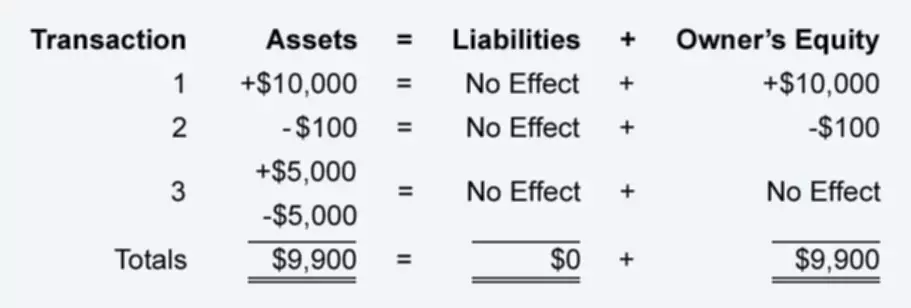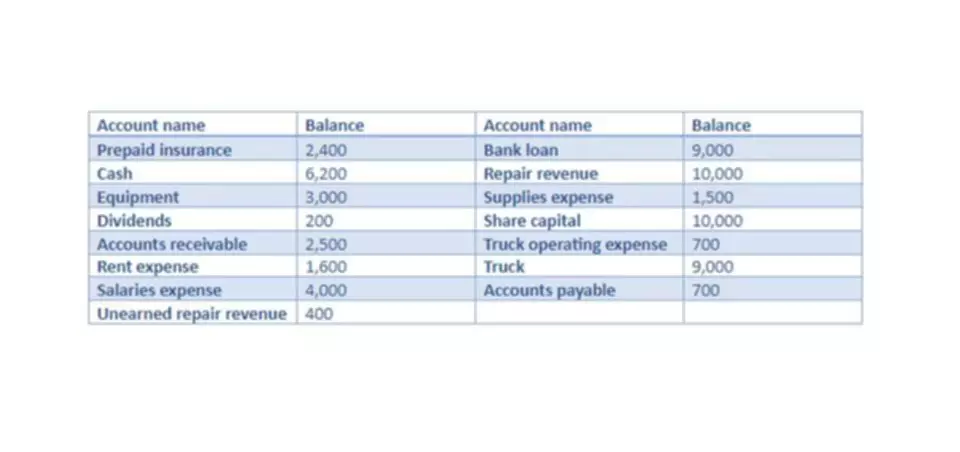






○夢んぼ本部
〒496-8014
住所:愛西市町方町大山田61番1
Tel:0567-25-5913
Fax:0567-55-8120
○第2夢んぼ
〒496-8014
住所:愛西市町方町大山田61番1
Tel:0567-28-1070
Fax:0567-28-1070
○ソーシャルセンター夢んぼ
〒490-1304
住所:稲沢市平和町法立十一丁31番地4
Tel:0567-69-5586
Fax:0567-69-5587
○ワークステーション夢んぼ
第2ワークステーション夢んぼ
〒496-8014
住所:愛西市町方町松川70番地1
Tel:0567-55-7456
Fax:0567-55-7458
○ライフステーション夢んぼ
〒496-8014
住所:愛西市町方町大山田62番1
Tel:0567-31-7811
Fax:0567-31-9171
○ハビリテーションセンター夢んぼ
〒496-8014
住所:愛西市町方町大山田86番地
Tel:0567-69-4448
Fax:0567-69-4446
○青空ヘルパーステーション
〒474 0035
住所:大府市江端町二丁目80番地2F
Tel:0562-74-8883
Fax:0562-74-8884
Content

Reporting a loss from an inventory write-down as part of cost of goods sold distorts the relationship between sales and cost of goods sold.Cisco’s gross profit ratio did decline from the prior year, but not nearly as drastically as the reported financial statement information would lead us to believe. LCM Determination—Application at Different Levels of Aggregation Recording the write-down as a separate item more accurately reports the event that occurred—a loss from holding inventory during a period when inventory value declined. Including this holding loss as part of cost of goods sold has the same effect on reported earnings, but distorts the relationship between sales and cost of goods sold. Conceptually, cost of goods sold should include only the cost of goods actually sold during the period. Even so, many companies do include the “holding loss” in cost of goods sold. When a company applies the LCM rule and a material write-down of inventory is required, the company has two choices of how to record the reduction. One way found in practice is to report the loss as a separate item in the income statement.
If title to the goods has passed but the substance of the arrangement is not a sale, the consigned inventory should be reported separately from other inventory in the consignor’s financial statements as “inventory consigned to others” or another appropriate caption. The preferable way to report a loss from an inventory write-down is as a separate item in the income statement.Recall from our introductory discussion to this chapter that Cisco Systems, Inc., recently recorded an inventory write-down in excess of $2 billion. To understand how the relationship between sales and cost of goods sold can be distorted, let’s consider the top part of the company’s income statements for the first quarter of 2001 and 2000 shown in Graphic 9-2. Near the end of 2006, the company is in the process of applying for a bank loan. The loan proceeds will be used to replace manufacturing equipment necessary to modernize the manufacturing operation.
This is equivalent to recognizing revenue of $150, cost of goods sold of $100, and gross profit of $50. Either way, pretax income is increased in a period prior to sale of the product. Prior to sale, there usually exists significant uncertainty as to the collectibility of the asset to be received.

Based on the above, a definition of trading inventory can be discerned as finished goods, work in process, and/or raw materials that management intends to hold for a short period of time and actively and frequently buys and sells with the objective of generating profits on short-term differences in price. Accounting Research Bulletins were documents issued by the US Committee on Accounting Procedure between 1938 and 1959 on various accounting problems. They were discontinued with the dissolution of the Committee in 1959 under a recommendation from the Special Committee on Research Program. In all, 17 bulletins were issued; however, the lack of binding authority over AICPA’s membership reduced the influence of, and compliance with, the content of the bulletins.
If you provide a link to the AICPA copyrighted standards, you may not link to the individual standard—you must link to this page, so that visitors may understand the requirements and conditions for use of the AICPA copyrighted standards as posted at this website. AICPA copyrighted standards available below are superseded by FASB Accounting Standards Codification Topic 105, Generally Accepted Accounting Principles. Once you determine that you have “trading inventory”, this proposed FSP would require these inventories to be accounted for at fair value in accordance with FAS 157. If adopted the FSP would be effective for fiscal years beginning after November 2008. It would be applied as a cumulative effect of a change in accounting principle and the offsetting adjustment would be to the opening balance of retained earnings.

If extraordinary or prior period transactions have occurred, their inclusion might impair the significance of net income to such an extent that misleading inferences might be drawn from the amount so designated. Hydromorphological transformations of small urban streams results in changes in habitat conditions, i.e. increase in water speed current and/or oxygen concentration, and finally changes in aquatic organism structure. The ecological status of two regulated urban streams was determined by diatom-based biomonitoring in their upper and lower sections using selected diatom indices . Qualitative and quantitative analyses were performed to analyse the structure of diatom assemblages and to reveal the spatial relationships between stream sites. The upper sections were found to be characterised by poor/bad ecological status, and the lower sections below highly-transformed and impacted streambeds by good/moderate status.
FASB issued Statement no. 151 , Inventory Costs ( /st/index.shtml ), an amendment of Accounting Research Bulletin no. 43, chapter 4. The statement clarifies that abnormal amounts of idle facility expense, freight and/or handling costs and wasted materials should be recognized as current-period charges, and it requires the allocation of fixed production overheads to inventory based on the normal capacity of the production facilities.
Some have argued that there may be a limited exception to the general rule that revenue from membership or other service transaction fees should not be recognized in earnings prior to the refund privileges expiring. Despite the fact that SFAS No. 48 expressly does not apply to the accounting for service revenue if part or all of the service fee is refundable under cancellation privileges granted to the buyer,35 they believe that in certain circumstances a potential refund of a membership fee may be seen as being similar to a right of return of products under SFAS No. 48. They argue that revenue from membership fees, net of estimated refunds, may be recognized ratably over the period the services are performed whenever pertinent conditions of SFAS No. 48 are met, namely, there is a large population of transactions that grant customers the same unilateral termination or cancellation rights and reasonable estimates can be made of how many customers likely will exercise those rights. FASB Technical Bulletin 85-3, Accounting for Operating Leases with Scheduled Rent Increases, addresses whether it is appropriate for lessors in operating leases to recognize scheduled rent increases on a basis other than as required in SFAS No. 13, paragraph 19. Customary business practices and processes for documenting sales transactions vary among companies and industries. Business practices and processes may also vary within individual companies (e.g., based on the class of customer, nature of product or service, or other distinguishable factors).
The most common practice is to apply the lower of cost or market rule separately to each item of the inventory. However, if there is only one end-product category the cost utility of the total stock—the inventory in its entirety—may have the greatest significance for accounting purposes. Investment professionals often suggest that accounting earnings is a more useful indicator of share value if adjusted by substituting current capital expenditures for reported depreciation. We investigate the usefulness of this alternative depreciation measure by comparing the ability of reported earnings and adjusted earnings to explain the cross-sectional distribution of stock prices for a large sample of manufacturing firms. We find that adjusted earnings explains a much smaller fraction of the variation in share prices than earnings based on reported depreciation, and provide evidence on the reasons for this difference.
We recommend that the macro control of share pledge risk be focused on broker pledgees. AICPA Audit and Accounting Guides are not included on this page because Guides are not superseded in their entirety by the Codification. While a relatively small portion of accounting content was superseded by the Codification, the majority of content in the Guides remained unaffected. For accounting content accounting research bulletin no 43 within the Guides that had been superseded by the Codification, the Guides now provide references to the relevant Codification paragraphs containing such content. If the company performs as an agent or broker without assuming the risks and rewards of ownership of the goods, sales should be reported on a net basis. Profit on installment sales is recognized in proportion to cash collected.
In preparing the financial statements for the year, the chief accountant, Don Davis, mentioned to Bill Hartley that approximately $40,000 of paper inventory has become obsolete and should be written off as a loss in 2006. Bill is worried that the write-down would lower 2006 income to a level that might cause the bank to refuse the loan. This could cause decreased future business and employees might have to be laid off. There is considerable diversity of views as to whether extraordinary items and prior period adjustments should enter into the determination of net income of the period in which they are recognized. When Accounting Research Bulletin No. 32 was issued in December 1947, https://simple-accounting.org/ as well as when it was reissued in June 1953 as Chapter 8 of Accounting Research Bulletin No. 43, two conflicting viewpoints had attracted considerable support.The paragraphs which follow summarize the discussion of these two viewpoints contained in Chapter8. Business entities have developed a reporting pattern under which periodic financial statements are prepared from their accounting records to reflect the financial position of the entity at a particular date and the financial results of its activities for a specified period or periods. The statement of income and the statement of retained earnings are designed to reflect, in a broad sense, the “results of operations.”
POOL MANIPULATION A CLEAR DANGER THAT WILL CONTINUE WITHOUT INDUSTRY PRO-ACTI0N – Horse Race Insider.
Posted: Wed, 16 Nov 2022 08:00:00 GMT [source]
